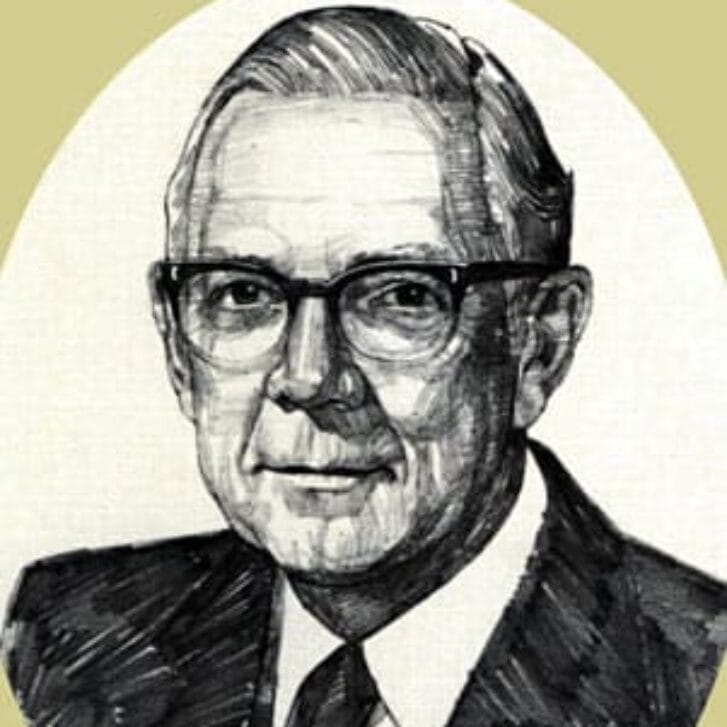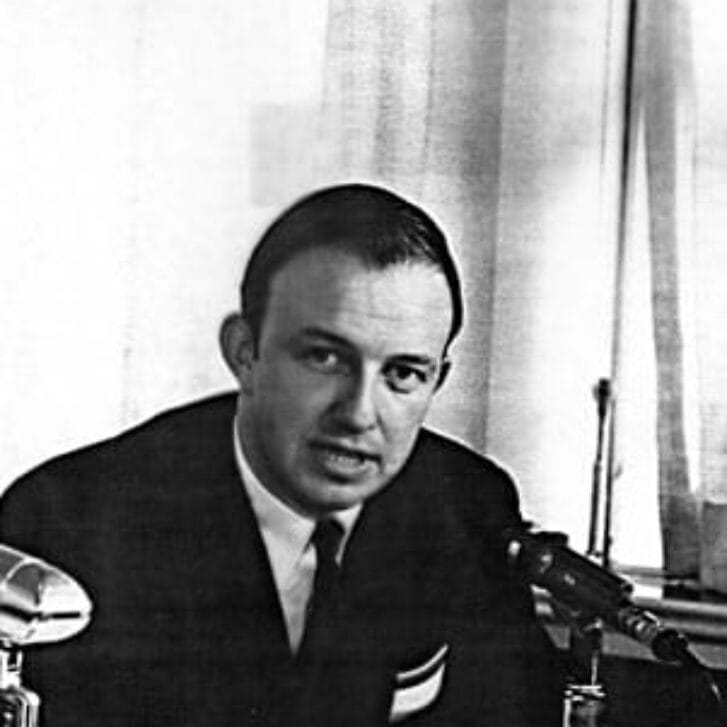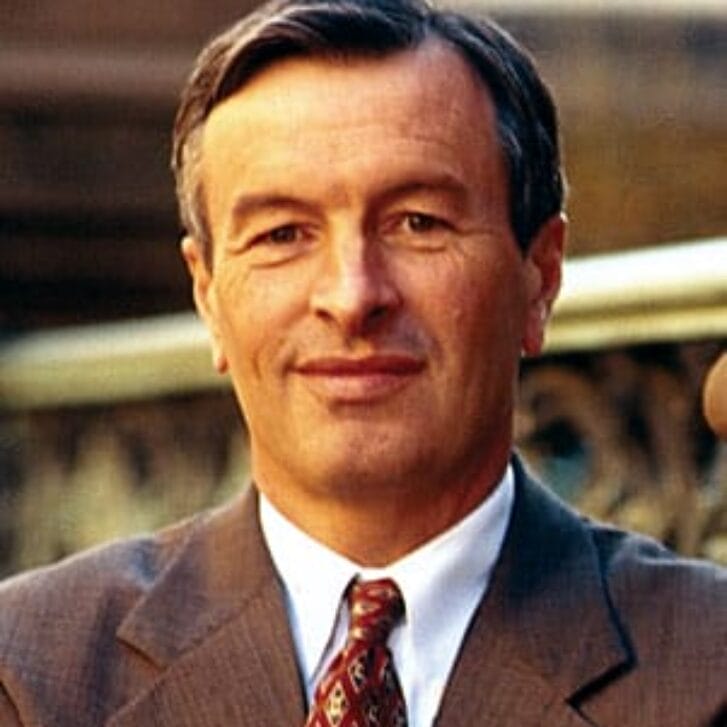 Richard Reynolds Jr. graduated from Wharton in 1930 at the depths of Great Depression. He started work as an investment banker, helping to launch a Wall Street brokerage firm, Dean Witter Reynolds Inc., before joining his family’s Reynolds Metals Co. in 1938 and shaping it into a global profitmaking powerhouse that introduced innovative products—from foil to housing siding—to the world.
Richard Reynolds Jr. graduated from Wharton in 1930 at the depths of Great Depression. He started work as an investment banker, helping to launch a Wall Street brokerage firm, Dean Witter Reynolds Inc., before joining his family’s Reynolds Metals Co. in 1938 and shaping it into a global profitmaking powerhouse that introduced innovative products—from foil to housing siding—to the world.
Born 1908 in North Carolina and a grandnephew of the Reynolds tobacco colossus founder, Richard J. Reynolds, the future Penn trustee would often say that “profits are to business what breathing is to life.” Under his leadership as president and chairman, between 1948 and 1976, the aluminum maker expanded worldwide with assets rising from $114 million in 1948 to $1 billion by 1963. By 1979 the company had revenues of $3.3 billion.
In addition to establishing facilities worldwide, Reynolds Jr. popularized its famous Reynolds Wrap Aluminum Foil, trans forming food storage. The Reynolds’ aggressive merchandising efforts led to aluminum being accepted for a range of building construction—including the 1945 invention of aluminum siding—and automobile manufacturing purposes.
Reynolds was an optimistic and jovial leader. Time magazine, in a May 1952 article, lauded the company’s “spanking new $80 million aluminum plant in Corpus Christi, TX, that in one week attracted 20,000 visitors, many of them eating hotdogs kept warm on freshly poured pigs of aluminum,” as a high school band played “Whistle While You Work.” The article further noted that “Richard S. Reynolds Jr. had something to whistle about: he now has the world’s biggest aluminum pot line.”
Reynolds was ecstatic about aluminum’s future. “For the first time,” said Reynolds in the Time article, “there will be enough aluminum for major potential users to consider its use on a large scale” — from guardrails and light poles to home siding. Reynolds Metals merged with rival Alcoa in 1999, about 20 years after Reynolds’ death in 1980.

























